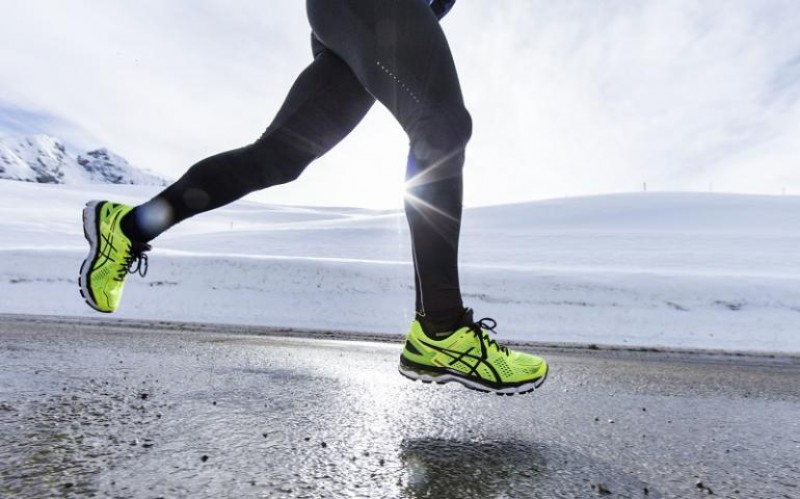What type of running shoes should I be wearing this season?
It’s that time of year again where you are more likely to be heading outside to go for a run. Whatever your goals are for running you will inevitably be required to select some sort of footwear to use. With so much information available and the constant influx of new trends, technology, and styles of shoes how do you know what type of shoe to pick? The purpose of this article is to at least get you thinking and give you a few pointers on how to select a shoe that might be the best for you and your goals.
SHOE TYPE #1: Light Weight Shoes/Minimalist Sho
- Flexible, conform to the feet, and have minimal support, lack of motion control
- Decreased weight means decreased energy expenditure and the ability to move quicker, which may be helpful for competitive long distance runners or sprinters
- Quite a bit of variability of design and support (ie. Nike Frees versus Vibram FiveFingers), some brands suggest that it mimics barefoot running
- Some studies found that barefoot running may have some beneficial effects by changing your gait pattern and strengthening certain muscles, which may help reduce the risk of certain injuries
- Results from studies on minimalist shoes have mixed outcomes. Some studies show that minimalist footwear does not mimic barefoot running accurately and as a result is not much different from conventional shoes, but have much less support.
- Less support and may not be recommended for people with foot/ankle issues or novice runners
- Recommend transitioning gradually to shoes with less support
SHOE TYPE #2: Trail Shoes
- Heavier, varying degrees of water resistance,very stable, increased durability, and superior grip
- Ideal for the unpredictable terrain associated with trail running
SHOE TYPE #3: Motion Control Shoes
- Rigid shoe type, manufacturers recommend it to people that over pronate
- Evidence is limited and results are mixed on whether this shoe will benefit an individual that tends to pronate while running
- People pronate for different reasons (could be the most natural way the person weight bears or it could be a mal-adaptive response)
- Diagnosing over pronation can be ambiguous
- Some recent literature suggests that pronating while running does not correlate to running related injuries
SHOE TYPE #4: Stability Shoes
- Manufacturers recommend these shoes for people with neutral arch to help reduce pronation
- Evidence is limited and results are mixed on whether this shoe will benefit people with this foot structure
- Same issues as above regarding pronation apply
SHOE TYPE #5: Cushioned Shoes
- Manufacturers recommend this shoe for people with higher arches that under pronate
- Evidence is limited and results are mixed in the literature on whether this shoe will benefit people with this foot structure
- Increased cushioning helps reduce impact force
- Some studies suggest that impact force does not correlate directly to running related injuries
In conclusion, there are certain types of shoes that are better suited for certain situations. Some of what shoe manufacturers are suggesting seems to be somewhat speculative. Shoes that claim to help correct foot positioning patterns may be oversimplifying matters, which may have unpredictable effects. Running related problems are multifactorial and not isolated to just the type of shoe you wear. If you have foot issues or running related problems it may be better to have a professional assess you first before you rely on a shoe to fix your problems. At the end of the day one of the best indicators for proper shoe selection is shoe comfort. If it feels good, it might be the shoe for you.






